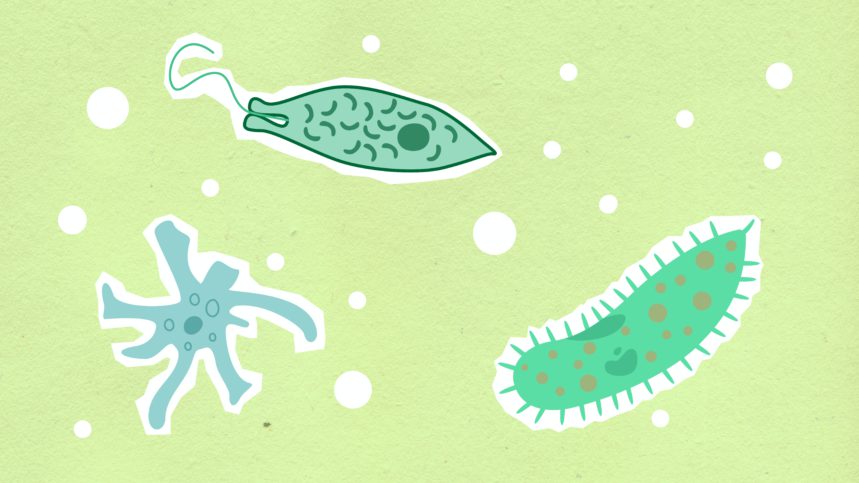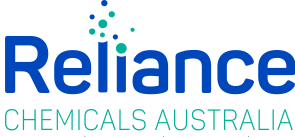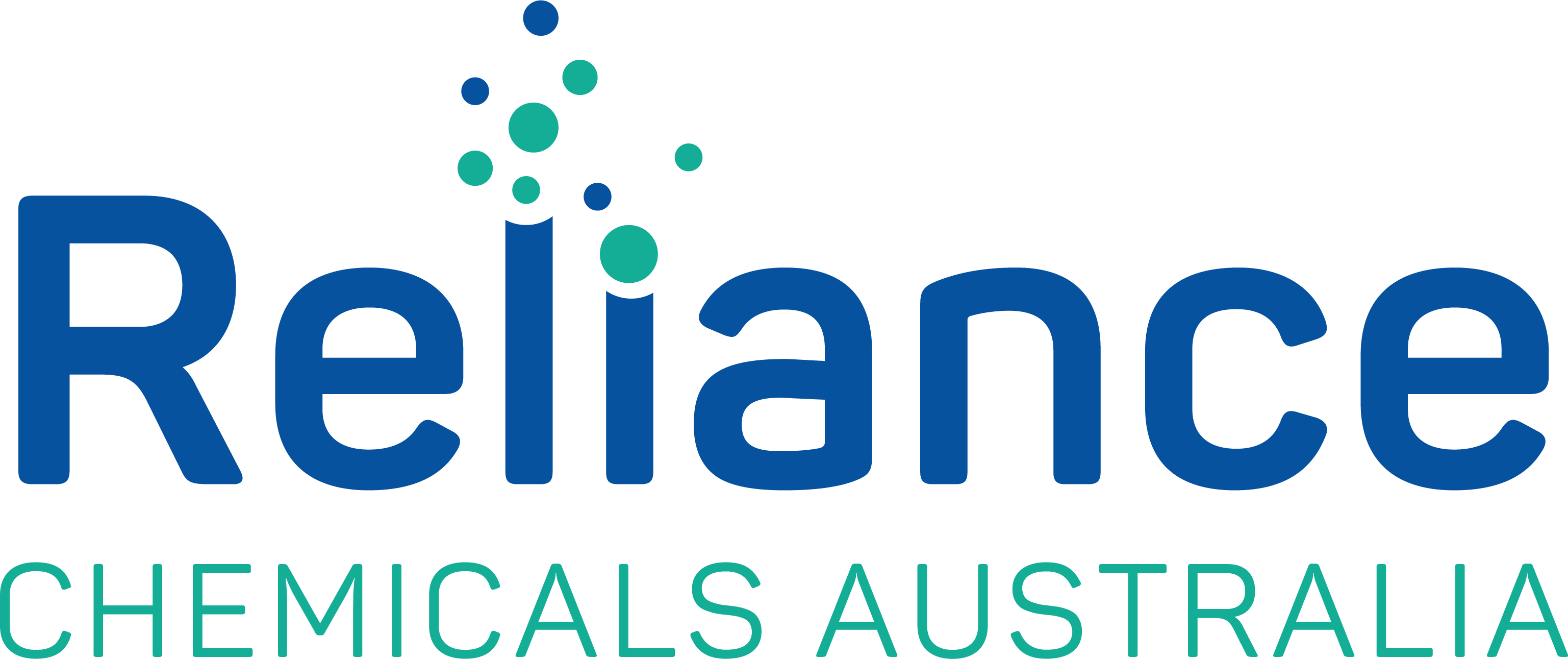Highest quality hygiene and cleaning chemicals

In the fight against COVID-19, the use of better and more effective cleaning solutions is more important than ever. Amid the many household products touted for their ability to kill germs and viruses, bleach tops the list. Household bleaches are a part of everyday life and can be found in most Australian homes. The question is, how effective are household bleaches in killing microorganisms like bacteria, germs, and viruses?
The use of bleach as a medical disinfectant was first recorded in 1847 at the Vienna General Hospital in Austria. Since then, many industries have used bleach as a strong disinfectant that can kill a vast majority of microorganisms. This is due to its main ingredient, which is also what makes it a great stain remover—sodium hypochlorite.
Sodium hypochlorite acts as an oxidising agent, and when it comes into contact with viruses, bacteria, moulds, and fungi, a chemical reaction occurs. It oxidises molecules in the cells of the germs and kills them, especially when you use chlorine bleaches. Scientists also believe that the hypochlorous acid that forms when sodium hypochlorite is added to water can break down the cell walls of some germs. Non-chlorine bleaches can also act as disinfectants on some surfaces, but they are less potent than chlorine bleach.
Contrary to popular belief, bleaches aren’t effective at cleaning surfaces in the way that detergents and cleaning products are. They are designed to disinfect surfaces, especially those that are prone to germs and bacteria. Since bleach is quite a strong disinfectant, careful preparation is required as it can be quite toxic if not used properly. Here’s a simple procedure you can follow when using bleach to disinfect:
Follow these steps to make sure you disinfect surfaces thoroughly without risking your health and safety. Remember not to mix bleach with other household detergents as it can reduce the effectiveness in disinfection or cause an unwanted chemical reaction. If possible, use detergents first and rinse thoroughly with water before using bleach for disinfection.
Bleach can be a potent weapon in the war against COVID-19. Even hospitals and medical facilities are using this common household product as part of their safety protocols. By understanding how bleach works and the correct way of using it, you can effectively protect yourself from the spread of diseases through proper disinfection.
Trust Reliance Chemicals to provide high-quality hospitality cleaning solutions for all your needs. We have more than 25 years of experience in formulating and manufacturing cleaning detergents and chemicals for a wide range of industries. Get in touch with the Reliance team today!

